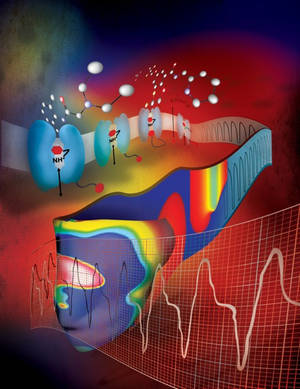A completely computer-generated model of the human heart that can successfully predict the effects of anti-arrhythmic drugs has been developed by scientists in the US.
Irregular heartbeat, or arrhythmia, occurs when there is abnormal electrical activity in the heart - if the electrical pulses among heart cells get out of sync the heart can't contract and beat normally. Drugs used to treat arrhythmia act on heart cell membrane channels to alter the flow of charged molecules called ions, which cause the electrical signals. At the wrong concentrations, these drugs can actually make arrhythmia more severe, or even lead to sudden cardiac death. Thorough testing is therefore vital to determine the doses at which they are safe to use.
Traditional methods of testing (using animal hearts or human clinical data) are incredibly inefficient, but Professor Colleen Clancy and her colleagues the University of California have come up with a completely different approach: a computerized model of the human heart.
In the model, mathematical equations represent the opening and closing of ion channels in individual cell membranes. Other equations connect these events among single cells in order to simulate a whole heart. Drugs can then be mathematically 'fed' into the framework and their effects monitored.
Two existing anti-arrhythmic drugs - lidocaine and flecainide - were tested in this way at different concentrations, and remarkably the model's predictions were validated both by human clinical data and with similar tests on a rabbit heart.
This novel approach could potentially speed up the drug development process, helping treatments get to patients faster. Professor Clancy said, "Our plan for the next phase of this work is to expand this approach to cover all the existing classes of anti-arrhythmic drugs and develop a database. Our long term goal would be to scale this up so it could be used in a high-throughput manner to screen drugs that are currently in development."
The research was published this week in the journal Science Translational Medicine.
Click to hear the full interview with Colleen Clancy










Comments
Add a comment